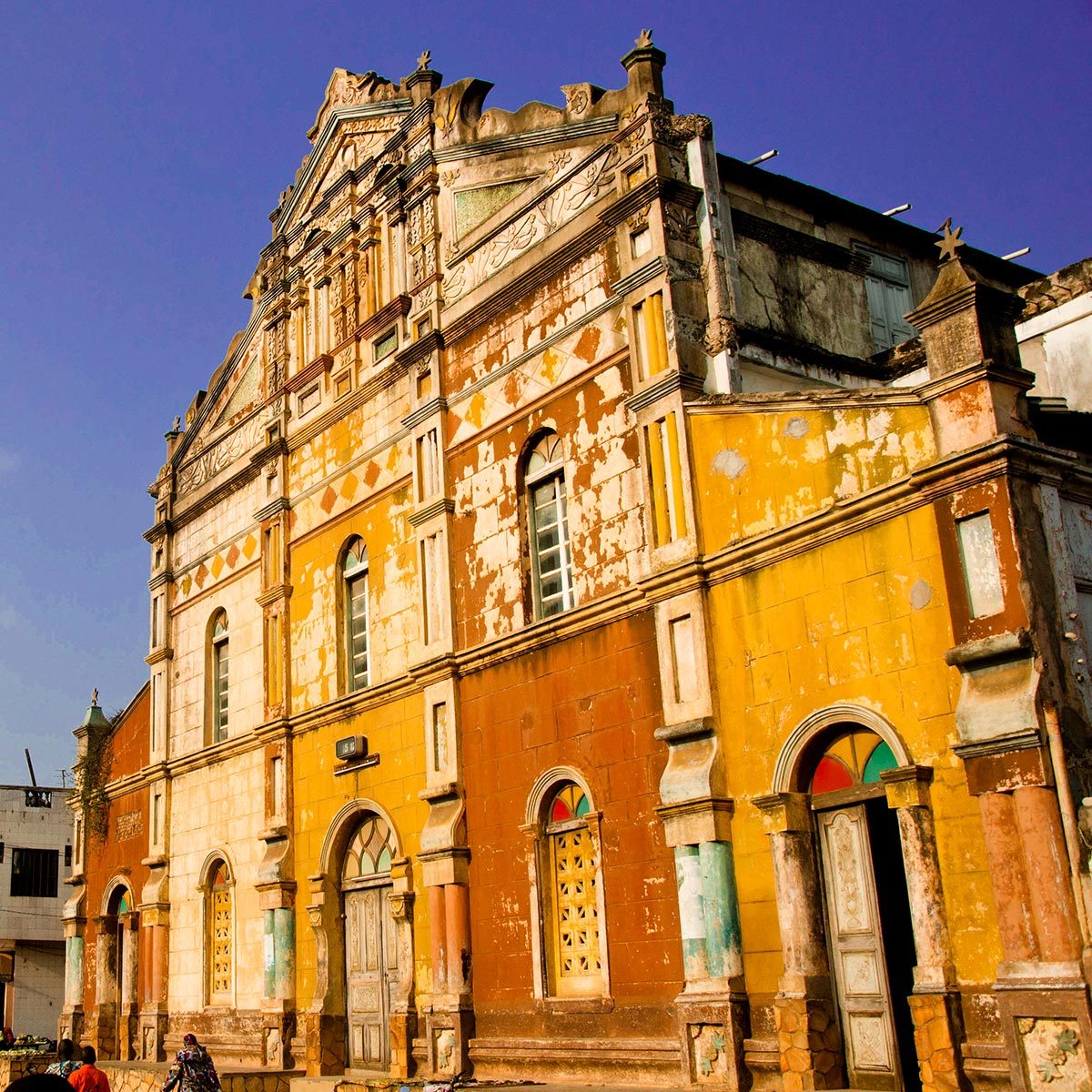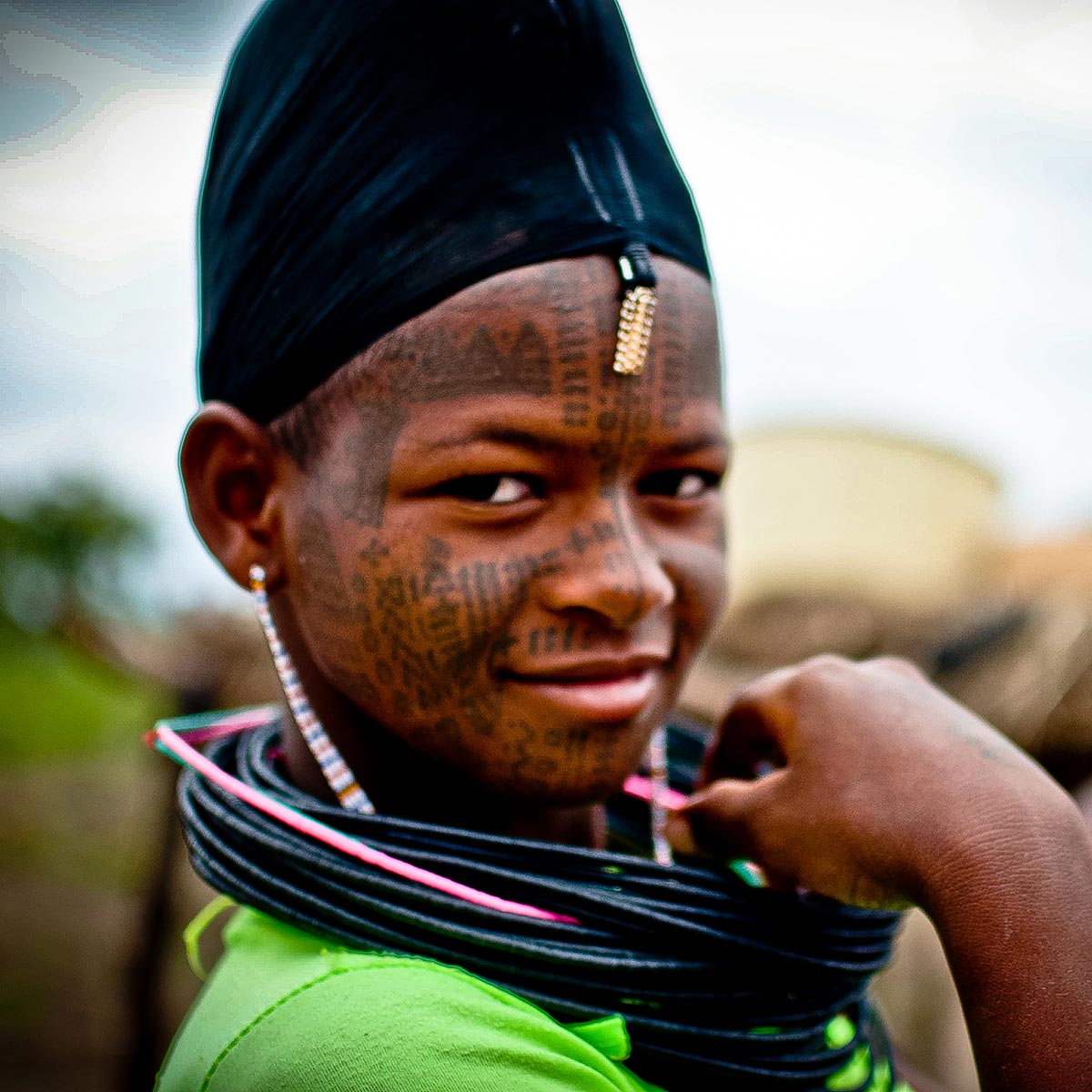This week, in Last Places on Earth, we will talk about Benin as an essential destination for Last Places, the cultural cultural revival ’project linked to tattoos and scarifications, Afro-Brazilian architecture, and the country's most traditional tribes. During the talk we will explain the reasons why we usually recommend Benin as a destination to enter Africa. We will talk about architecture: lake cities known as African Venice, the unique Afro-Brazilian style in Benin and Nigeria. We will (modestly) demystify some Eurocentric ideas about voodoo and comment on Aníbal Bueno's November trip to visit and live with the last tattooed tribes of West Africa.
I have known Benin since I was 16 years old and today I am over forty. I have spent long periods in this West African country and I usually recommend it to travelers starting in Black Africa for the first time. Benin is a very Latin country for several reasons. The presence of the ‘Aguda’ people also known as the ‘returnees’. These are families of Brazilian slaves who were returned to Africa in the late 19th century after a sugar crisis in Salvador de Bahía. Those people settled between Ouidah and Lagos and created a unique Latin culture in Africa. Porto Novo, the capital of Benin is the Havana of the Gulf of Guinea, and the communist years of Benin (1975-1990) stained the nation with a pure socialist Latin flavor that can still be savored today.

I have known Benin since I was 16 years old and today I am over forty. I have spent long periods in this West African country and I usually recommend it to travelers starting in Black Africa for the first time. Benin is a very Latin country for several reasons. The presence of the ‘Aguda’ people also known as the ‘returnees’. These are families of Brazilian slaves who were returned to Africa in the late 19th century after a sugar crisis in Salvador de Bahía. Those people settled between Ouidah and Lagos and created a unique Latin culture in Africa. Porto Novo, the capital of Benin is the Havana of the Gulf of Guinea, and the communist years of Benin (1975-1990) stained the nation with a pure socialist Latin flavor that can still be savored today.
That is the country’s brand together with the Animistic essence of the dominant South and its Voodoo followers… another Caribbean, syncretic and Latin connection.

My father had a Beninese friend named Christoph. He was engaged in the sale of traditional West African art. Christoph had a cousin, Ella who came to study in Barcelona and help at home with housework. I was 15 years old. We became friends, and I loved hearing stories from Benin. She saw my interest in traditional cultures and told me about the Holi, a tribe she used to meet during market days in Onigboló, where her father worked as a manager for a large French cement company. He talked to me about ‘naked’ and primitive people with ‘marks’ on their bodies. A year after this story, I asked my father to finance me a trip to Benin after having obtained good academic results. Christoph took care of me. I spent the first days in his house in Bohicón, north of Cotonou, and so we were able to go to Onigboló to meet the Holi. I remember that we had no contact in the area but in the small market of the place we saw tattooed older people. They told us that they call themselves 'ohori' or 'ije' and that holi was a derogatory name by which they were called by neighboring towns. Holi means ‘wild’ in Yoruba language. We took a motorcycle and that's how in January 1996 I discovered the ‘ohori country’ and its wonderful people. That was just before I started my Anthropology career, but there I was already acting as an intuitive anthropologist, observing, asking...
My father had a Beninese friend named Christoph. He was engaged in the sale of traditional West African art. Christoph had a cousin, Ella who came to study in Barcelona and help at home with housework. I was 15 years old. We became friends, and I loved hearing stories from Benin. She saw my interest in traditional cultures and told me about the Holi, a tribe she used to meet during market days in Onigboló, where her father worked as a manager for a large French cement company. He talked to me about ‘naked’ and primitive people with ‘marks’ on their bodies. A year after this story, I asked my father to finance me a trip to Benin after having obtained good academic results. Christoph took care of me. I spent the first days in his house in Bohicón, north of Cotonou, and so we were able to go to Onigboló to meet the Holi. I remember that we had no contact in the area but in the small market of the place we saw tattooed older people. They told us that they call themselves 'ohori' or 'ije' and that holi was a derogatory name by which they were called by neighboring towns. Holi means ‘wild’ in Yoruba language. We took a motorcycle and that's how in January 1996 I discovered the ‘ohori country’ and its wonderful people. That was just before I started my Anthropology career, but there I was already acting as an intuitive anthropologist, observing, asking ... The Ohori villages seemed beautiful to me, built in bamboo (a rare sight in Africa) and the generation born until 1965 had spectacular tattoos and scarifications. The women of those post-1965 generations sported tattooed drawings on their breasts, abdomen, neck, arms, and legs. True works of art. I have only seen designs of this quality in the Kuba and Yombe of Congo, as well as among Asian tribes such as the Naga. In the case of the Ohori, scarification and tattooing techniques are applied, that is, cutting and pigmentation. The result is fabulous. After interviewing more than twenty women, I understood that from 1965 Protestant missionaries from neighboring Nigeria stopped the practice of tattooing. Facial scarification has survived to this day, but it also tends to disappear. Last Places project not only facilitates visits to these latest traditional Benin societies, but also collects information about these peoples and seeks ways to collaborate and help preserve these unique cultures.

The essence of Last Places are the last tribes of the Planet. They often live in remote places where nature has not yet been destroyed. It was during the search for nomadic Borgu (sub-group of the Fulani) camps that I entered the lands of the Pendjari River. It was in 2002 when I was already operating as a DMC in Benin and worked for several European and American agencies. Focused on remote tribes, I had put aside something that I had been passionate about since I was little; fauna and flora. I come from a family of amateur botanists and veterinarians and it is logical that I was interested in plants and animals rather than tribes. And so it was, but over time I preferred to specialize in cultural anthropology and in a way my old passion for wildlife was overshadowed. It was in that year, 2002, that I was reunited with my past and was able to enjoy again the observation of wild fauna and the slow flow of virgin nature. Pendjari is the richest wildlife area in West Africa. It is a cross-border park with Burkina Faso, very well managed by African Parks (American society dedicated to managing natural parks in Africa). Tourism is not yet massive despite hosting the last populations of West African lion, cheetahs, and large herds of savanna elephants. There are more species, but these would be the most prominent and to some extent the most spectacular and rare in this part of Africa. Last Places offers trips around Benin (sometimes combined with Burkina Faso, Niger, or Nigeria) to discover the most traditional tribes and make very interesting forays into virgin natural ecosystems to observe fauna.
